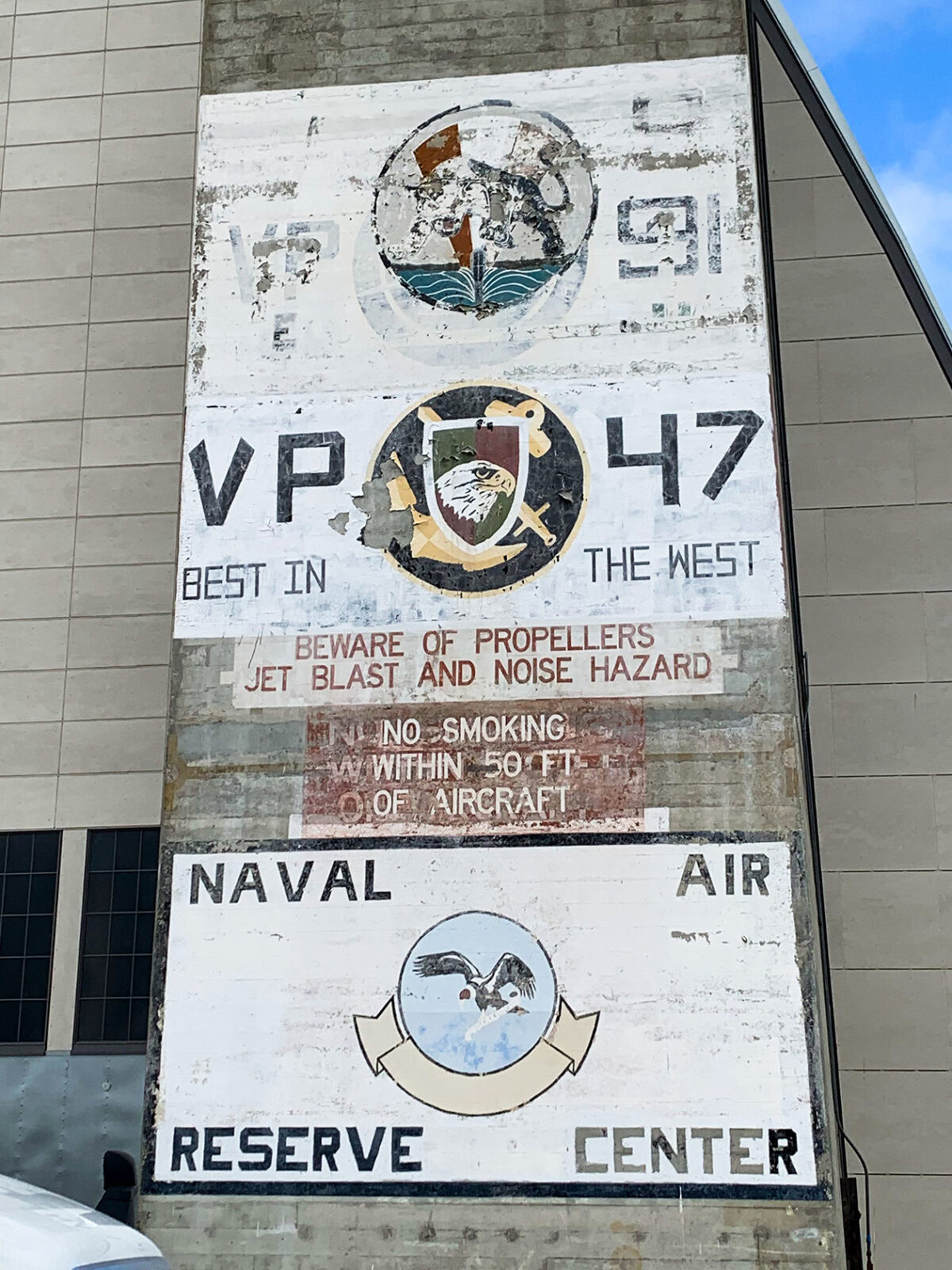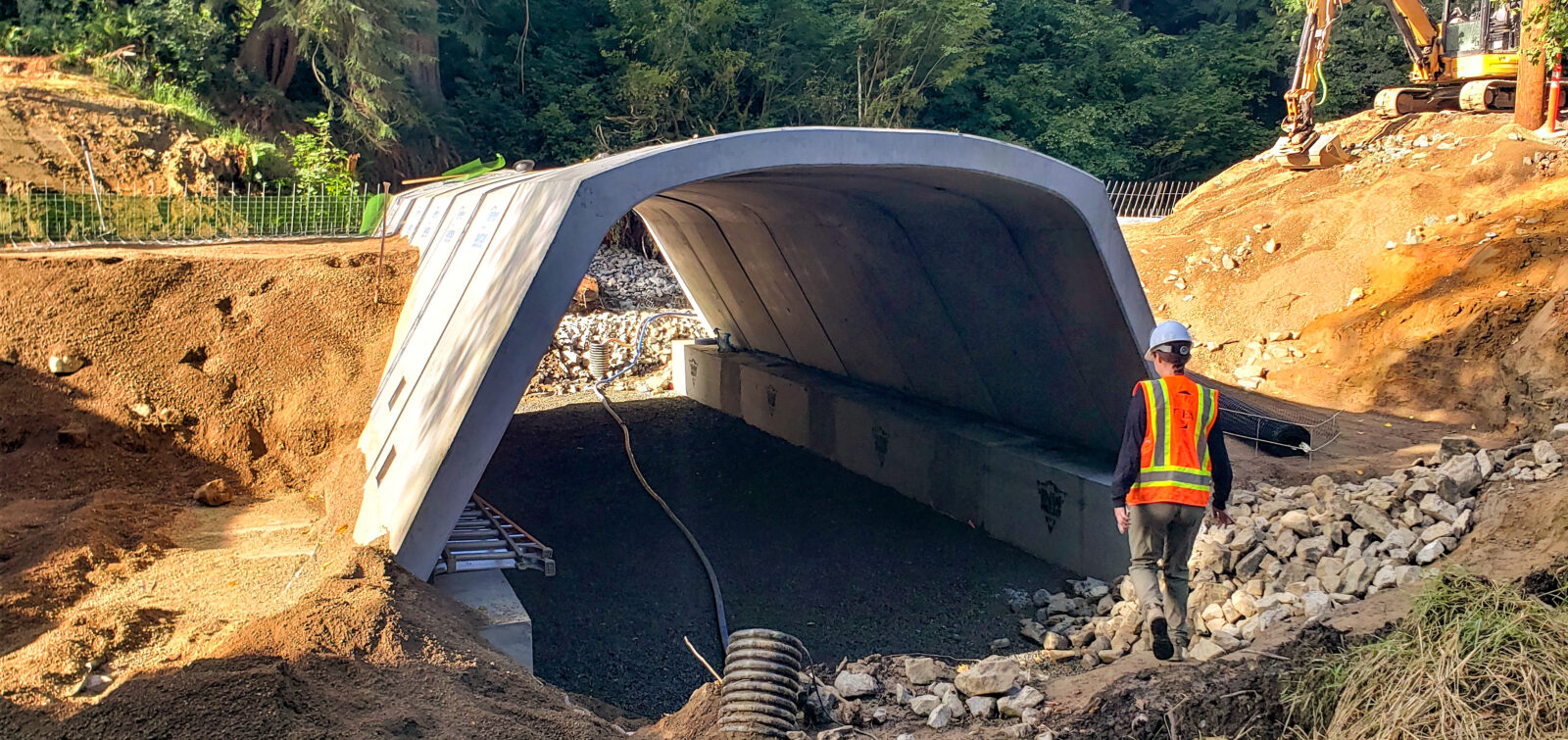When airports plan for growth—whether through procedural changes, terminal upgrades, runway improvements, or community noise programs—compliance with Federal Aviation Administration (FAA) regulations is always part of the process.
For many projects, this may include National Environmental Policy Act (NEPA) review. But even when a project may be excluded from NEPA, it may still require compliance with Section 106 of the National Historic Preservation Act. While NEPA and Section 106 often go hand in hand, that is not always the case. Section 106 requires identification of historic properties and an assessment of the effects of the project on those properties (read this blog focused on 106 specifically for more background). Even at airports, Section 106 compliance is often required.

These requirements are especially relevant at regional airports with older infrastructure, facilities built on former military bases, or airports near surrounding neighborhoods with historic homes. Knowing the Section 106 process and how its requirements could intersect with your project can help avoid project delays, maintain an airport’s eligibility for federal funding, and promote a more efficient consultation process between the FAA, the State Historic Preservation Officer (SHPO), and with other regulatory agencies.
ESA brings a distinct advantage to this work: combining technical expertise in cultural resources with a strategic understanding of how Section 106 fits into airport planning and environmental review.
What We Offer: Cultural and Historic Resources Evaluations
Our team integrates cultural resources management and historic preservation expertise directly into the aviation and airport planning process.
From noise insulation programs at large airports like San Francisco International Airport, to master planning support at regional facilities, to procedural changes that require NEPA clearance, ESA ensures that cultural resources are considered early in the process to avoid unnecessary delays.
Why Section 106 Strategy Matters
Section 106 compliance is required for all federal undertakings, even if the project is excluded from NEPA. The consultation process is dictated by regulation and it follows a precise order of operations but has varying timelines for agency review, some of which have no mandatory deadlines.
If not considered early in project planning, compliance can easily affect project schedules.
Identifying historic properties, minimizing effects, engaging with State Historic Preservation Offices, and, if needed, developing agreement documents with mitigation strategies are steps of the process that can cause great delays if they are initially rushed or overlooked. Doing so puts airports at risk for costly delays, rework, SHPO or Tribal opposition, or even the loss of federal funding.
ESA helps avoid these pitfalls by embedding cultural resources expertise into airport projects from the start. Our in-house professionals identify potential issues up front and work with our airport clients to streamline the compliance process for the FAA and other agency partners. Our technical experts work with our airport clients from project planning through identification, consultation, and implementation to ensure a consistent and predictable process. This strategic approach integrates cultural resources considerations into the project to enable more predictable and efficient project delivery, support stronger agency relationships, and provide a competitive advantage for airports seeking to expand responsibly.


Hangars 2 and 3 at Moffett Field in Mountain View, California were constructed in 1943 to house dirigibles for the military. These hangars served a number of military units during their service.
Looking Ahead
As aviation and federal regulations evolve, so too will expectations around incorporating cultural resources considerations into project planning. Whether supporting FAA compliance, assisting with SHPO consultation, or providing strategic guidance as airports plan around historic-age infrastructure and neighborhoods, ESA is positioned to guide aviation clients through the process with clarity and confidence.
Reach out to Becky Urbano, Historic Resources Specialist, for more information or if you have questions about Section 106 for your airport project.








